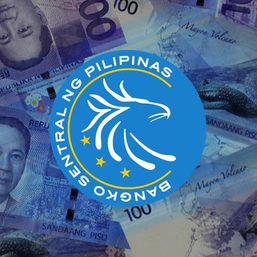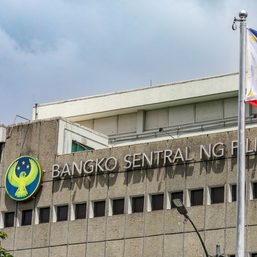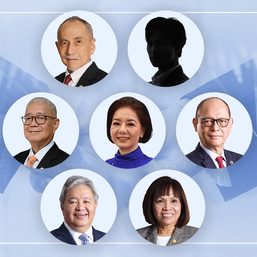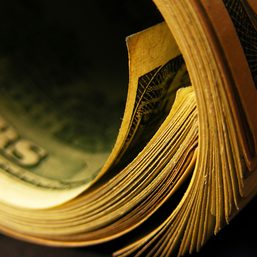SUMMARY
This is AI generated summarization, which may have errors. For context, always refer to the full article.
The sudden drop of the Philippine peso to around P42 on Tuesday, July 20, from P50.34 against the dollar was likely due to a pricing error on Google, Bangko Sentral ng Pilipinas (BSP) Governor Benjamin Diokno said.
Several Twitter users were shocked over the matter, as the appreciation in the peso’s value was indicated on Google Search.
Albay 2nd District Representative Joey Salceda even suggested that the BSP investigate the “possible flash crash,” according to a GMA News report.
In a series of tweets on Wednesday, July 21, Diokno pointed out that domestic markets were shut on Tuesday since it was the Eid’l Adha holiday.
The central bank chief said Bloomberg and the Bankers Association of the Philippines are the only official feed sources of exchange rates. Neither platform reported such drastic price changes.
“This means that there was no live official data source for the spot market,” Diokno said.
Diokno added that the prevailing rate during the last business day must be followed during holidays.
“Moreover, we highly doubt that there were any material transactions dealt at those rates as these would definitely be ‘off market’ and would be subjected to internal reviews of these platforms,” he said.
“That someone would be willing to trade at these off-market prices using these apps can warrant further investigation.” – Rappler.com
Add a comment
How does this make you feel?









There are no comments yet. Add your comment to start the conversation.